I was fortunate enough to arrange my schedule so as to spend July and August in NYC this summer, and although it is with mixed feelings that my time in NYC has passed, the fall in Ottawa is promising as Electric Fields is right around the corner and I look forward to catching up with the Mod Lab which has been busy with activity.
With the Mod Lab in mind, I’d like to take this opportunity to share a pictorial tour of Brooklyn hacker-space, NYCResistor, where I had the privilege of working as “hacker/artist in residence” for the duration of the summer.

One of the first things that struck me as I became familiar with the space was the amusing sense of humor that ran through the place. From the surprise in the freezer
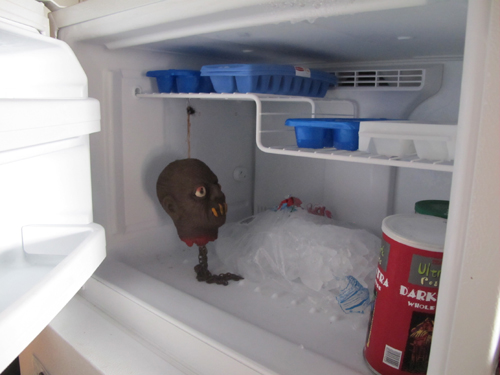
to the LED lion mascot

to the “self cleaning” coffee table, which everyday spills its contents into a box on one side:
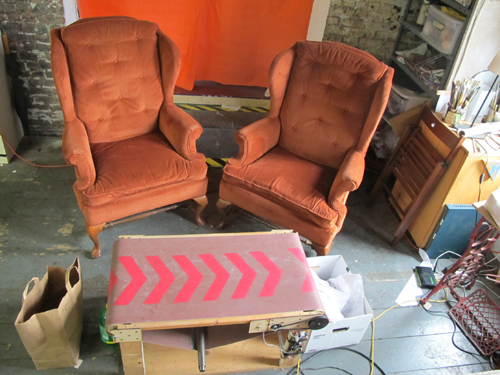
But don’t let all the fun stuff fool you, though, this can be a place of serious creation, making, hacking, and engineering.
Grab a cold, caffeinated Club Mate from the fridge and let me show you around . . .
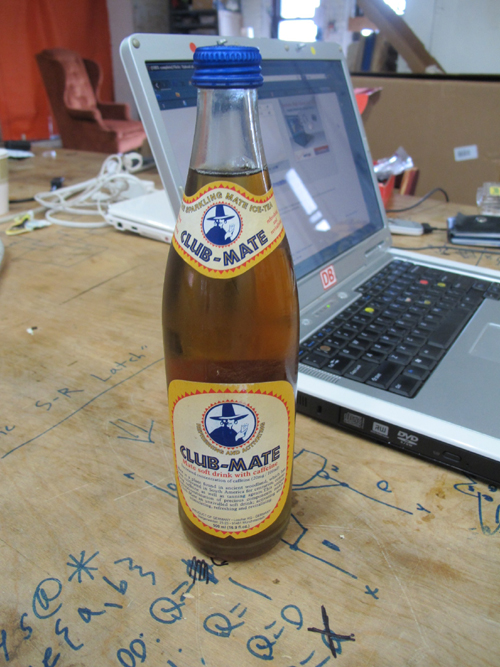
Here’s the main meeting and working space:


which includes a large, multi-person work table — complete with power bars conveniently mounted under each edge — plenty of lighting for late night hacking, a nice little kitchen and lounge area, and an extremely organized and well-stocked tool chest:

For bigger projects and to accommodate larger groups, there’s the secondary room:

On the left wall, you have the grand collection of components and parts, again all neatly organized:

This wall is the result of “Thingsgiving,” a sharing activity where all the NYCR members contribute extra and unneeded components and parts from their personal collections; as you can see, it amounts to a great resource which really is more than the sum of all its parts. This wall was invaluable to me as I worked on projects in the space, where a needed resistor, capacitor, power supply, you-name-it, was just a short hunt away.
There were also some great “historial” artifacts hidden away in there, including a first-gen, etched Arduino:
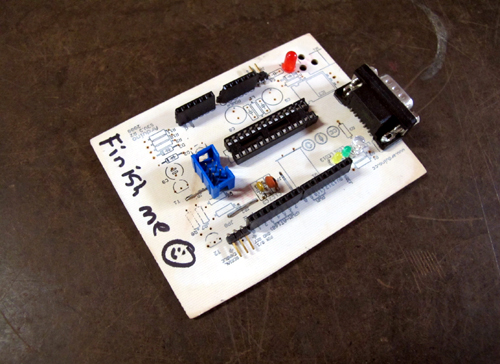
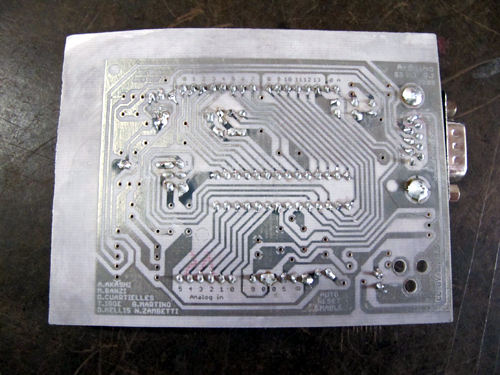
NYCR also has some great fabrication resources. A whole room, dubbed “Tool Town,” dedicated to power tools and machining:
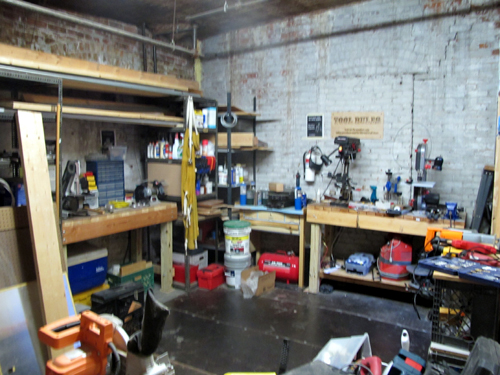
And, as far as I was concerned, saving the best for last, we have the laser cutter:

complete in its own room with a dedicated filtering arrangement. I can’t praise this machine enough, it’s an extremely enabling tool which embodied the idea of “rapid prototyping:” draw up your design in various CAD programs, then almost as easily as using a regular printer, cut or etch your design, do some test fittings, and iterate until you’re happy. For details about all the projects I realized this summer with the aid of this machine, stay tuned for an upcoming post on my personal project blog.
With all these tools and resources at one’s disposal, it’s no wonder that Makerbot Industries was born from this space and some its members, who’ve conveniently set up shop on the main floor of the same building, behind this unassuming door:

I wish I could give you a tour of the “Bot Cave” as they call it, but it’s full of top secret Makerbot developments!
I’d like to wholeheartedly thank the NYCR crew for their hospitality in opening up their space to me, and look forward to bringing some of their enthusiastic, “get the job done” spirit back to Artengine and the Mod Lab here in Ottawa!




















